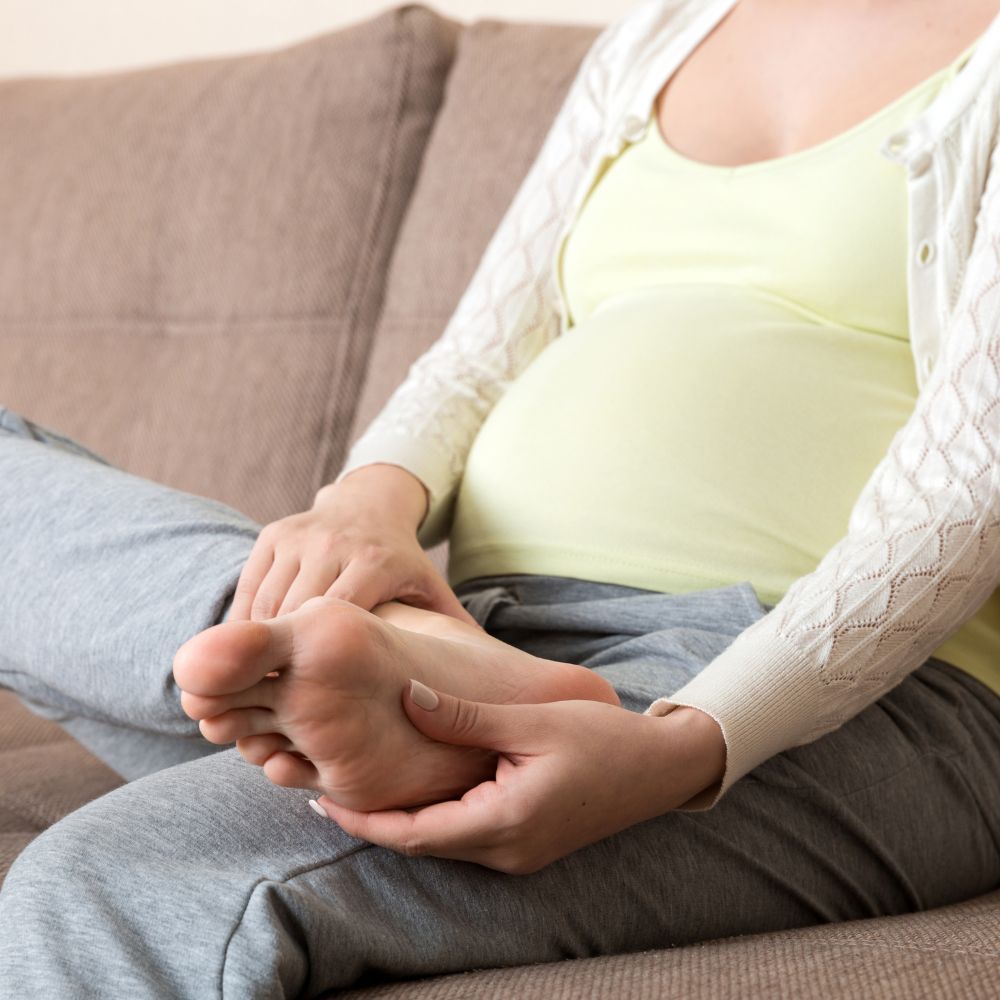
Have you ever been told you're "double-jointed" or found that your joints move further than most people's? While this extra flexibility might have been seen as a party trick when you were younger, it can sometimes lead to pain, instability, and long-term joint issues. This is known as hypermobility, and it’s something I see more often than you might think in my chiropractic practice.
What is Hypermobility?
Hypermobility simply means that your joints move beyond the normal range. This may be due to differences in connective tissue, especially collagen, which affects the stability of ligaments and tendons. For some people, hypermobility causes no problems at all. For others, especially those with Joint Hypermobility Syndrome or Hypermobile Ehlers-Danlos Syndrome (hEDS), it can result in joint pain, frequent injuries, fatigue, and a host of other symptoms.
Signs You Might Be Hypermobile
- Regular joint sprains or dislocations
- Clicking or popping joints
- Poor balance or frequent tripping
- Joint pain after exercise or even daily activities
Needing to "crack" joints to feel relief If this sounds familiar, you're not alone—and the good news is that help is available.
How Chiropractic Care Can Help
As a chiropractor, my approach is all about stabilising the body, not just adjusting it. With hypermobility, it’s not about increasing flexibility—it’s about building strength, control, and awareness of how your joints move.
Here's how I can help:
- Thorough assessment of joint stability, posture, and muscle balance
- Personalised treatment plans focusing on gentle mobilisation
- Soft tissue therapy to address muscular tension and overcompensation
- Exercise programmes designed to build joint stability, proprioception, and core strength
- Education on joint protection and pacing strategies to reduce flare-ups
My aim is to empower you to move confidently and comfortably, with fewer injuries and more control over your body.
The Bigger Picture: Living Well with Hypermobility
Hypermobility can’t be “fixed,” but with the right strategies, you can live a full, active life. Whether you're newly diagnosed or have been managing joint instability for years, the right support can make a huge difference. I work with clients of all ages who are learning to manage hypermobility, recover from injury, and prevent further issues.
If you think you may have hypermobility, or if you're struggling with joint pain and instability, I’d love to help. Get in touch to book a consultation or learn more about how chiropractic care can be part of your long-term wellbeing plan.
Let’s work together to build strength, stability, and confidence in your movement.


